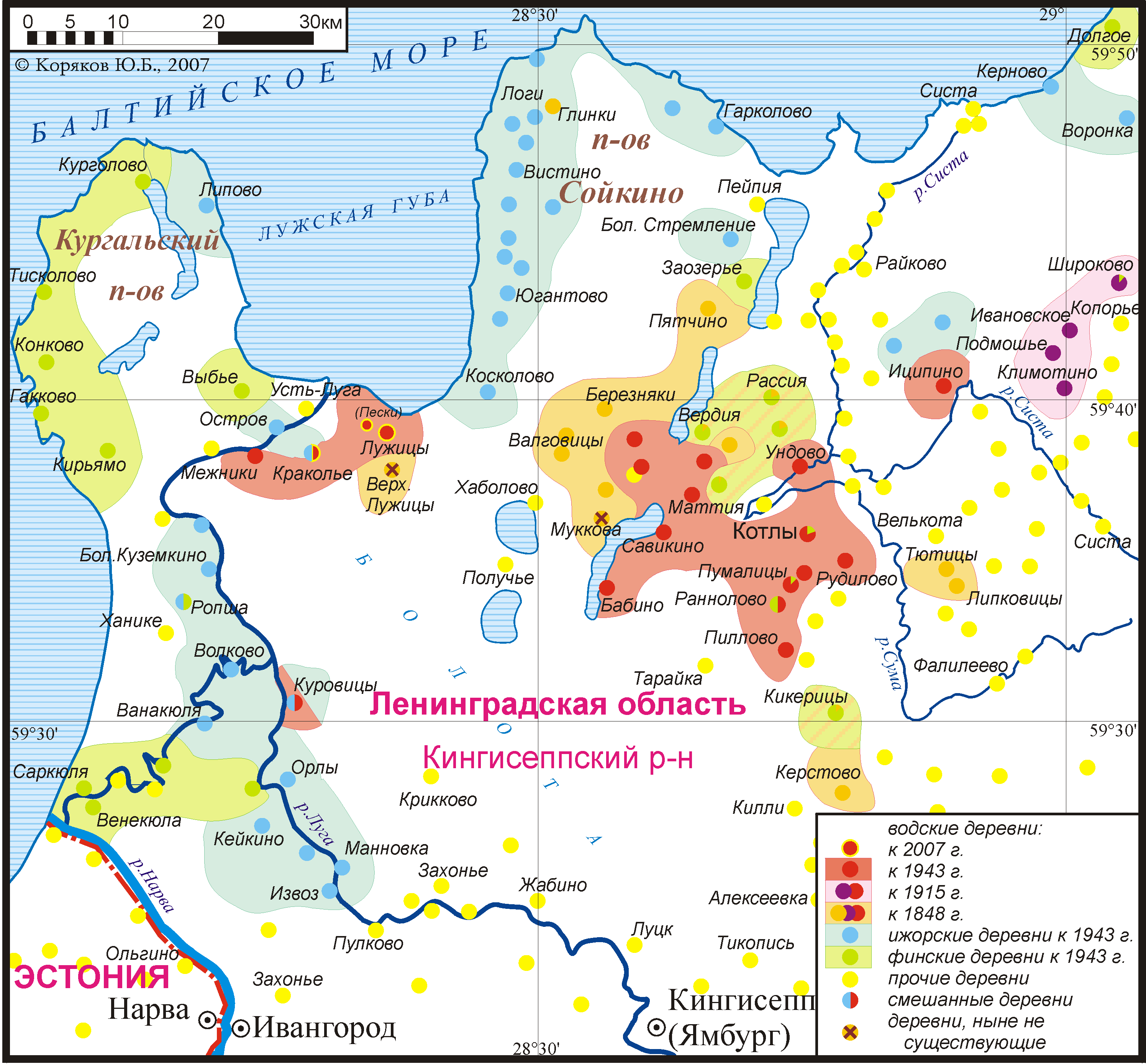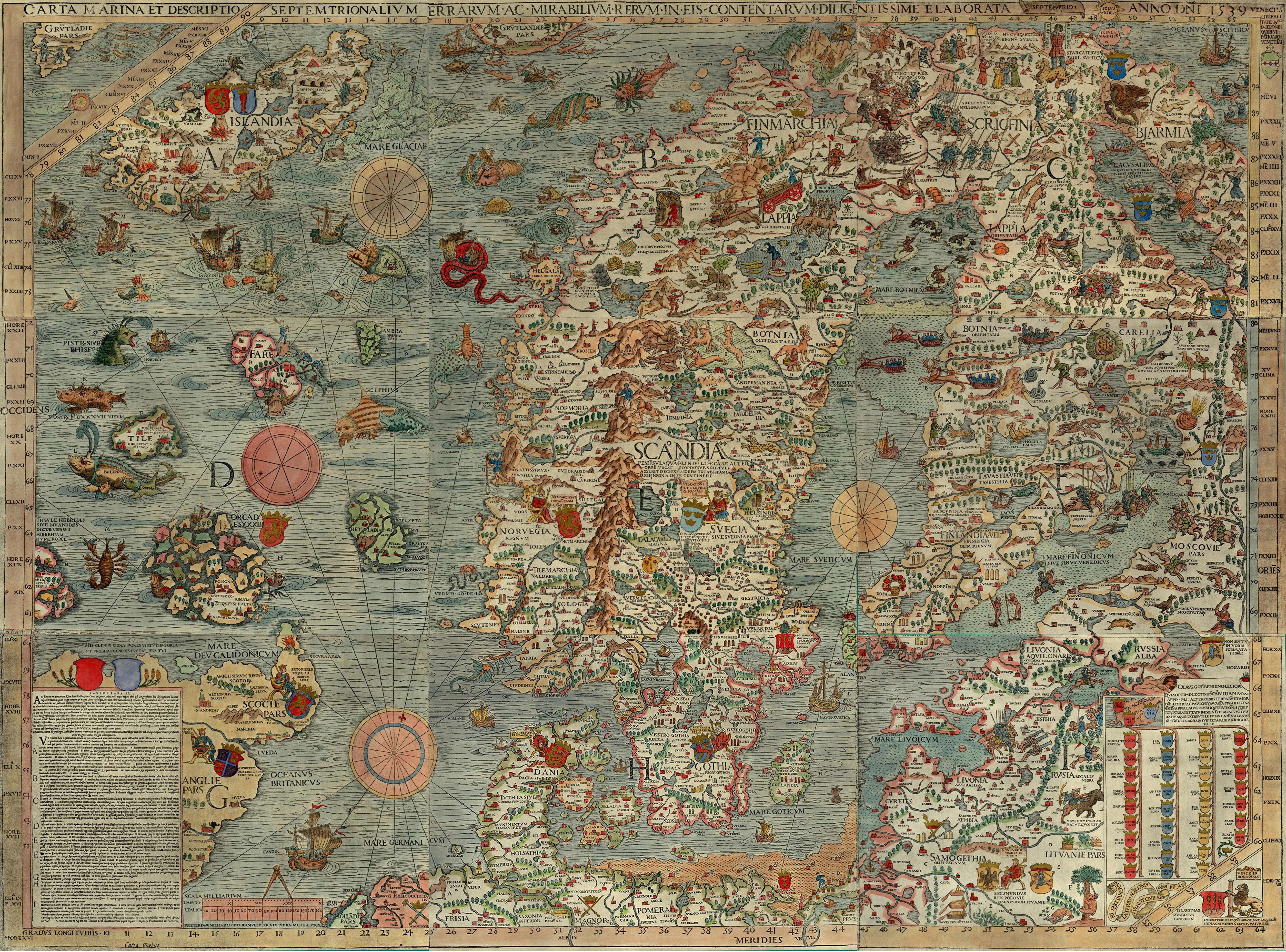|
Ingrians
Ingrians may refer to: *Izhorians, traditionally Eastern Orthodox Finnic-speaking indigenous people of Ingria *Ingrian Finns, the descendants of Lutheran emigrants from present-day Finland who settled in Ingria in 17th century *Inhabitants of Ingria Ingria (; ; ; ) is a historical region including, and adjacent to, what is now the city of Saint Petersburg in northwestern Russia. The region lies along the southeastern shore of the Gulf of Finland, bordered by Lake Ladoga on the Karelian ... in general {{disambig Ingria ... [...More Info...] [...Related Items...] OR: [Wikipedia] [Google] [Baidu] |
Ingrian Finns
Ingrian Finns (, ; ) are the Finnish people, Finnish population of Ingria (now the central part of Leningrad Oblast in Russia), descending from Lutheranism, Lutheran Finnish immigrants introduced into the area in the 17th century, when Finland and Ingria were both parts of the Swedish Empire. Before and after World War II, most of them were relocated to other parts of the Soviet Union or killed, in Soviet campaigns directed towards their Deportations of the Ingrian Finns, forced deportation and Genocide of the Ingrian Finns, genocide. Today the Ingrian Finns constitute the largest part of the Finnish population of the Russian Federation. According to some records, some 25,000 Ingrian Finns have returned or still reside in the region of Saint Petersburg. They are also referred to as Ingrians, although the term can also refer to the Izhorians or the Baltic Finnic residents of Ingria in general. History Origins Ingrian Finns are the indigenous minority of Europe. Finnish-speakin ... [...More Info...] [...Related Items...] OR: [Wikipedia] [Google] [Baidu] |
Izhorians
The Izhorians (; ; ; ) are a Finnic indigenous people native to Ingria. Small numbers can still be found in the western part of Ingria, between the Narva and Neva rivers in northwestern Russia. They are also referred to as Ingrians, although the term can also refer to the Ingrian Finns or the Baltic Finnic residents of Ingria in general. History The history of the Izhorians is bound to the history of Ingria. It is supposed that shortly after 1000 AD the Izhorians moved from Karelia to the west and south-west. In 1478, the Novgorod Republic, where Ingrians had settled, was united with the Grand Duchy of Moscow, and some of the Izhorians were transferred to the east. The establishment of St Petersburg in 1703 had a great influence on Izhorian culture. World War II had the biggest impact on Izhorians, as devastating battles (such as the Siege of Leningrad) took place on their territory. In 1848, P. von Köppen counted 17,800 Izhorians, and by 1926 there were 26,137 Izhorians ... [...More Info...] [...Related Items...] OR: [Wikipedia] [Google] [Baidu] |
Ingria
Ingria (; ; ; ) is a historical region including, and adjacent to, what is now the city of Saint Petersburg in northwestern Russia. The region lies along the southeastern shore of the Gulf of Finland, bordered by Lake Ladoga on the Karelian Isthmus in the north and by the Narva river on the current international border with Estonia in the west. The earliest known inhabitants of the region were indigenous Finnic peoples, primarily the ancestors of modern Izhorians and Votians, who converted to Eastern Orthodox Christianity during the late Middle Ages. They were later joined by the Ingrian Finns, descendants of 17th century Lutheran Finnish immigrants. At that time, Ingria, the Karelian Isthmus, Estonia, and what is now Finland were all part of the Kingdom of Sweden. Ingria as a whole never formed a separate state; however, North Ingria was an independent state for just under two years in 1919–1920. The inhabitants of Ingria cannot be said to have comprised a distinct n ... [...More Info...] [...Related Items...] OR: [Wikipedia] [Google] [Baidu] |


